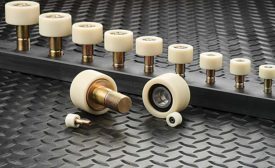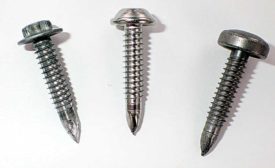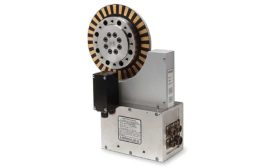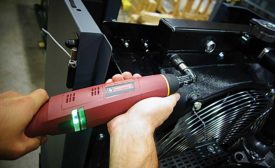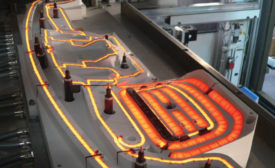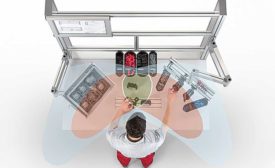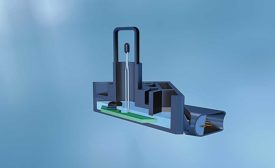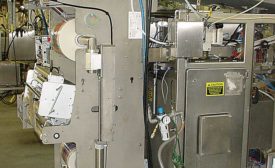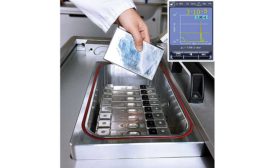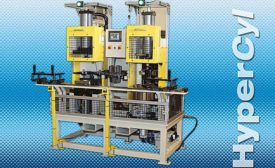Featured on Home Page
By upgrading gears, cam followers, track rollers and other components, engineers can improve the speed of a machine by 15 to 20 percent or more.
Read More
Assembling Thermoplastic Composites
Joining thermoplastic composites—either to each other or to other materials—can be challenging.
June 7, 2017
Force and Torque Sensors
Advanced technologies increase the accuracy of force and torque sensors used in product assembly and end-of-line testing.
June 7, 2017
Cordless Fastening Comes of Age
Engineers have more battery-powered options available than ever.
June 7, 2017
Understanding and selecting the right process for plastic part assembly
The key variables in assembly and joining operations continue to evolve rapidly.
June 1, 2017
What’s New With Assembly Workstations
More than ever, workstations need to provide ergonomic benefits and design flexibility for changing production needs.
May 5, 2017
Heat-Resistant Adhesives
Epoxies top the list of adhesive chemistries that can take the heat.
May 5, 2017
Rate your suppliers to help them improve
Machinery manufacturer Butler Automatic has developed a unique system to measure the performance of its suppliers and help them improve.
May 5, 2017
Ingress Leak Testing
Engineers have a couple of options for determining if fluids can penetrate an assembly.
May 5, 2017
Assembly Presses for High-Force Applications
Applications requiring more than 10 tons of force pose unique challenges for press suppliers.
May 5, 2017
Never miss the latest news and trends driving the manufacturing industry
Stay in the know on the latest assembly trends.
JOIN TODAY!Copyright ©2024. All Rights Reserved BNP Media.
Design, CMS, Hosting & Web Development :: ePublishing
